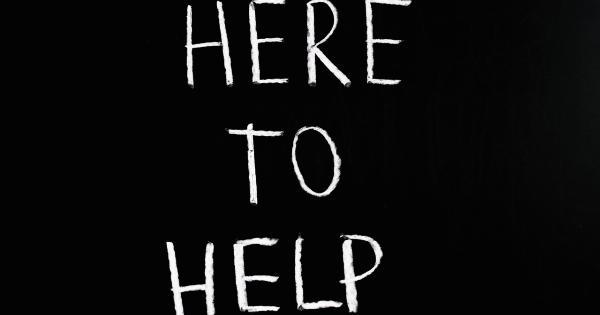Crying is a natural phenomenon that has been observed in both men and women. However, it is a common belief that women tend to cry more often than men.
This belief is not baseless as research indicates that women have more emotional tears and tend to cry more frequently than men. In this article, we will delve into the science behind why women cry more than men.
What is Crying?
Crying is the act of shedding tears as a response to an emotional state. Emotional states that may lead to crying include sadness, happiness, fear, anger, joy, pain, and frustration among others.
Crying is a natural way of releasing emotions and expressing feelings and can have calming effects.
Difference between Emotional and Reflexive Tears
There are two main types of tears; emotional and reflexive tears. Emotional tears are tears that are shed as a response to an emotional state.
They have higher levels of protein-based hormones like prolactin, adrenocorticotropic hormone, and leucine enkephalin. These tears help the body release built-up tension, stress, and anxiety. Reflexive tears, on the other hand, are the ones shed when the eyes are irritated by strong scents, light, or smoke.
They are mostly composed of salt and water and are the body’s way of protecting the eyes from irritants.
Women Produce More Emotional Tears than Men
Based on research studies, women tend to produce more emotional tears than men. Women cry an average of 5.3 times a month, while men cry an average of 1.3 times a month. This means that women cry four times more than men.
The reason behind this is the difference in hormone regulation between the sexes. Women produce more prolactin, which is a hormone that stimulates lactation and is responsible for tear production. This means that women will have higher levels of prolactin in their bodies, leading to more tears being produced.
Hormonal Differences Between Men and Women
Hormones play a significant role in tear production. Women have higher levels of estrogen and prolactin, which are hormones that stimulate the production of tears. Estrogen has a protective effect on the eyes and helps in maintaining the tear film.
On the other hand, testosterone has been linked to reducing tear production in men. Men have lower levels of prolactin, which could explain why they produce fewer tears than women.
Socialization
In addition to hormonal differences, socialization plays a significant role in how men and women express their emotions. Society has set up specific expectations for how men and women should behave, which influences how they express their emotions.
Women have been socialized to be more emotional and expressive, which means they are more likely to cry in response to emotional stimuli. Men, on the other hand, have traditionally been socialized to be stoic and unemotional, so they are less likely to cry in public.
Emotional Responsiveness
The difference in emotional responsiveness between men and women could also explain why women tend to cry more often than men. Women tend to be more empathetic and sensitive to emotional cues, which could make them more responsive to emotional stimuli.
Men, on the other hand, tend to be less responsive to emotional cues and may not react emotionally as often as women.
Benefits of Crying for Women
Crying has several emotional and physical benefits for women. Emotional tears contain stress hormones that are released from the body when one cries.
This can help reduce feelings of stress and anxiety, which can have a positive impact on emotional well-being. Crying also releases endorphins, which are natural painkillers that can help reduce physical pain. Additionally, crying helps to improve mood and can promote a sense of emotional release and cleansing.
Conclusion
To sum up, women cry more frequently than men because they produce more emotional tears, influenced by hormonal regulation and socialization. Emotional responsiveness and benefits of crying also play a role in women’s more frequent crying.
While crying can have positive effects on an individual’s emotional and physical well-being, it is important to seek help from trained professionals when crying becomes excessive or uncontrollable.





























